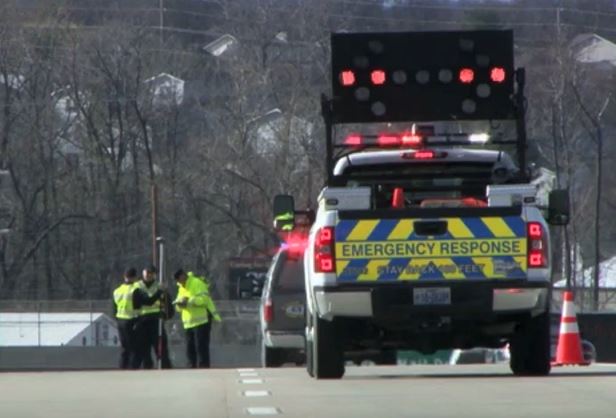The Clean Air Partnership is focused on motivating area residents to take voluntary steps to clear the air this fall by taking advantage of the numerous options to reduce the number of solo commutes. RideFinders is just one of the many organizations that proudly serves the St. Louis region with a mission to improve air quality and reduce traffic congestion by encouraging alternate transportation options.
With transportation-related emissions being one of the biggest contributors to air pollution, RideFinders offers a path to reduce those emissions by providing a free carpool and vanpool ride matching service for commuters to help improve the overall quality of the air. RideFinders works with employers, colleges, trade schools, municipalities and virtually any other type of organization to help commuters rideshare to and from work and school.

Fewer vehicles on the roads and highways means fewer automobile emissions, reduced traffic congestion and improved air quality, making communities across the St. Louis region better places to live, work and study. But the benefits go far beyond that. By sharing a ride instead of driving alone, commuters can also save money and have a more relaxing ride or catch up on work when they are not behind the wheel. Here’s a look at just a few of the ways RideFinders is helping area residents choose a cleaner commute:
- Carpool & Vanpool Matching – RideFinders offers these services to match eligible commuters with other nearby commuters who also share a similar route to work or school and have similar commute schedules. Carpools remove nearly 4,500 vehicles and 150,000 driving miles from our region’s roadways daily – easing traffic congestion for everyone.
- Guaranteed Ride Home Program — This program provides ridesharing commuters with four free taxi rides home per year in the event of an emergency or if they must stay late or leave early from work or college – guaranteeing peace of mind.
- Employee Transportation Coordinators (ETCs) – Becoming an ETC with RideFinders is a great way to help promote commute alternatives to fellow co-workers and distribute air quality and transportation related information within a company or organization. Over 900 St. Louis area employers, colleges and other organizations participate in RideFinders as “ETCs” to help thousands of commuters rideshare and clean the air.
- Save Money – Not only is ridesharing helpful in the fight for cleaner air, but it also helps reduce the cost of gas, maintenance and parking fees for commuters who are sharing the ride There is no cost or liability to join or participate in the program as RideFinders operates as a free public service for the region through federal funding!
For more information about RideFinders check out their website at http://www.ridefinders.org/.




 according to the U.S. Environmental Protection Agency (EPA). Although you may not be able to see it, your car’s tailpipe pumps out pollutants such as carbon monoxide, hydrocarbons and oxides of nitrogen.
according to the U.S. Environmental Protection Agency (EPA). Although you may not be able to see it, your car’s tailpipe pumps out pollutants such as carbon monoxide, hydrocarbons and oxides of nitrogen. Carpooling saves miles and wear on your car, and gives you someone to talk to during those long daily commutes. RideFinders can match you up with a list of potential carpoolers that both live and work near you.
Carpooling saves miles and wear on your car, and gives you someone to talk to during those long daily commutes. RideFinders can match you up with a list of potential carpoolers that both live and work near you.